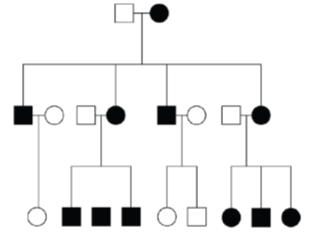TLS Online TPP Program
More Questions
TLS Online TPP Program
#Question id: 3864
#Unit 3. Fundamental Processes
RNA polymerase:
TLS Online TPP Program
#Question id: 3865
#Unit 3. Fundamental Processes
Which of the following statements about E. coli RNA polymerase is false?
TLS Online TPP Program
#Question id: 3867
#Unit 3. Fundamental Processes
RNA polymerase from E. coli (core enzyme alone) has all of the following properties except that it:
TLS Online TPP Program
#Question id: 3868
#Unit 3. Fundamental Processes
The sigma factor of E. coli RNA polymerase:
TLS Online TPP Program
#Question id: 3869
#Unit 3. Fundamental Processes
Which one of the following statements about E. coli RNA polymerase (core enzyme) is false?
TLS Online TPP Program
#Question id: 3870
#Unit 3. Fundamental Processes
“Footprinting” or DNase protection is a technique used to identify:

